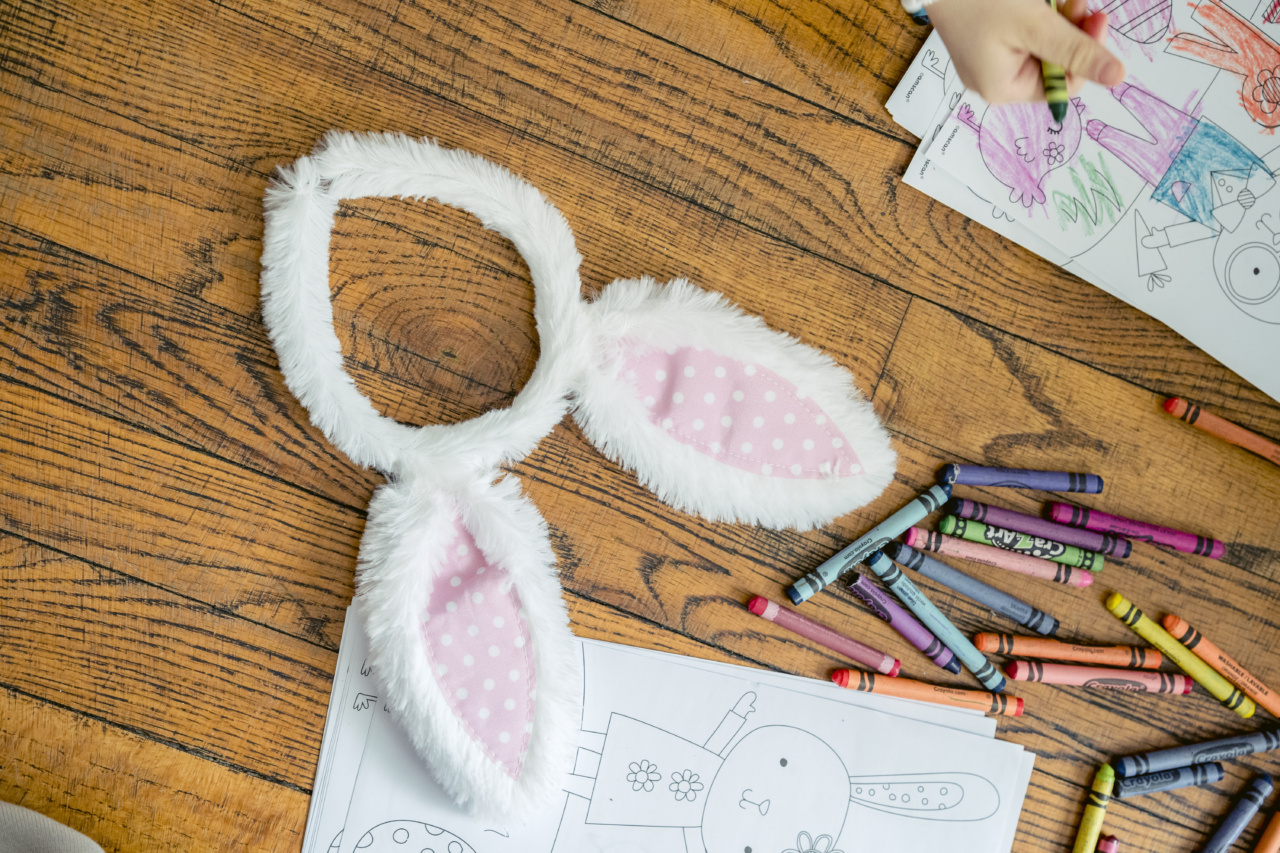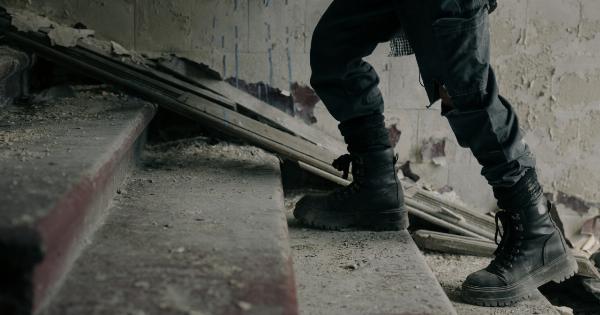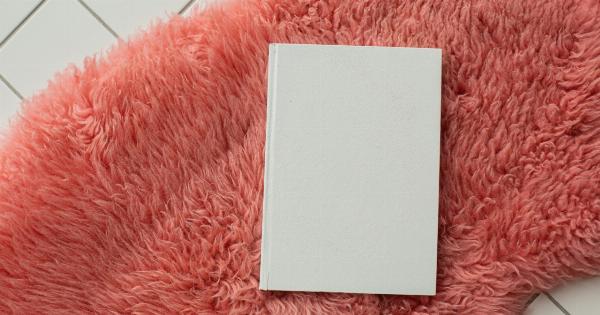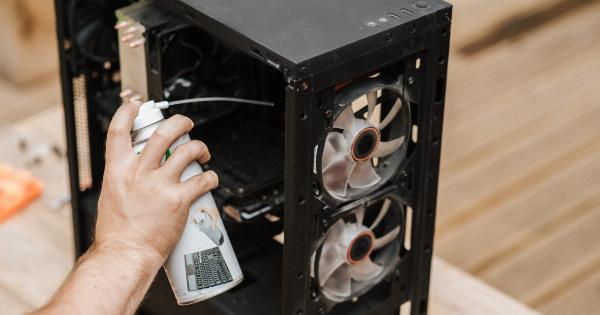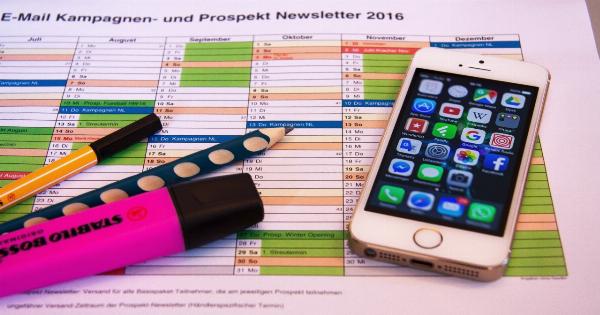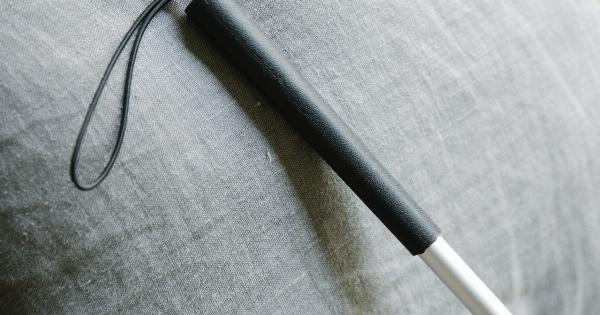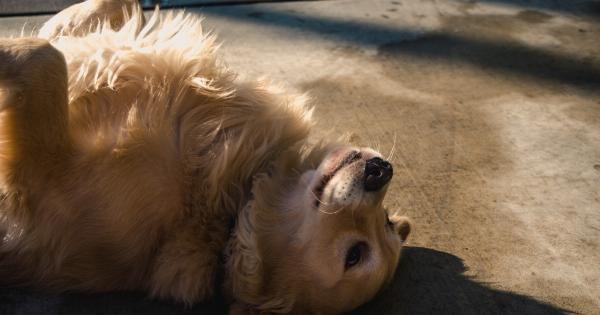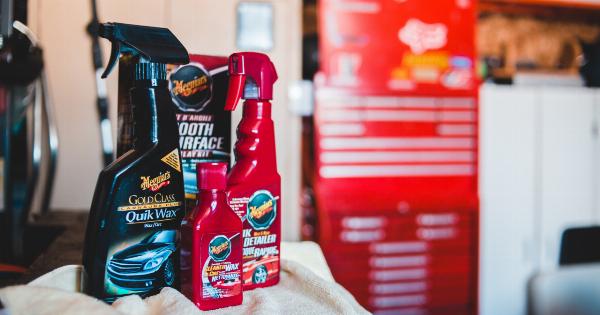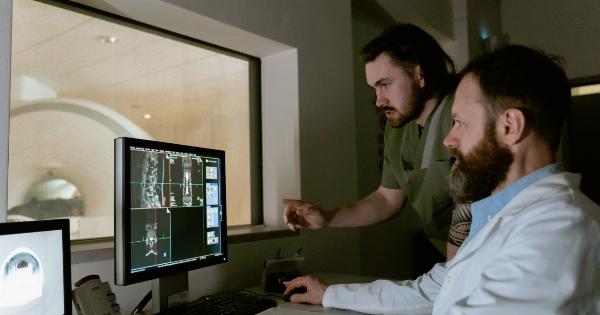Children are naturally curious and tend to explore their surroundings by inserting objects into their ears and noses. While this behavior may seem harmless, it can lead to potential complications if not addressed promptly.
As a parent or caregiver, knowing how to respond when your child inserts objects in their ear or nose is crucial for their wellbeing. This article will provide you with essential information on what to do in such situations.
Why do children insert objects in their ears and noses?
Children insert objects in their ears and noses out of curiosity, experimentation, or imitation. They may be attracted to the shape, color, or texture of an object, leading them to insert it into these openings.
Additionally, young children often lack an understanding of potential dangers, which further contributes to their inclination to explore their body orifices in this manner.
Potential risks and complications
Inserting objects in the ear or nose can lead to various risks and complications, including:.
1. Blockage
Objects lodged in the ear or nose can cause partial or complete blockage, affecting normal airflow or hearing ability. This can be distressing for the child and may require medical intervention to remove the object.
2. Injury and bleeding
Improper insertion or manipulation of objects can cause injury to the delicate tissues lining the ears and nose, resulting in bleeding. Depending on the severity of the injury, stitches or other medical treatment may be necessary.
3. Infection
Objects left inside the ear or nose for an extended period can increase the risk of bacterial or fungal infections.
The warm and moist environment inside these cavities provides an ideal breeding ground for microorganisms, potentially leading to painful infections.
4. Perforation
In some cases, forcefully inserting objects into the ear or nose can cause perforation, creating a hole or tear in the eardrum or nasal tissues. This requires immediate medical attention to prevent further damage and potential hearing loss.
5. Inhalation or aspiration
Small objects, such as beads or buttons, can be accidentally inhaled or aspirated into the airway when inserted into the nose. This is a serious medical emergency that requires immediate intervention to prevent respiratory distress or choking.
What to do if your child inserts an object in their ear or nose?
Discovering that your child has inserted an object in their ear or nose can be alarming. However, it is important to stay calm and take appropriate action to ensure their safety. Follow these steps:.
1. Stay calm and reassure your child
It is natural for your child to feel scared or uncomfortable in such situations. Stay calm and provide reassurance to help them relax. Your calm demeanor will also help you think clearly and take appropriate action.
2. Determine the location of the object
Try to gently ask your child where they have inserted the object. If they are old enough to communicate clearly, they may be able to provide this information.
Non-verbal clues, such as tugging at the ear or pointing to the nose, can also indicate the location of the object.
3. Assess the situation
Depending on the location, size, and nature of the object, you can determine the severity of the situation and whether immediate medical attention is required. If the object is small and visible, you may attempt to remove it at home.
However, certain objects or situations may require professional intervention.
4. Removal of objects from the ear
If the object is visible and lodged in the outer ear or ear canal, you can attempt to remove it at home. Ensure you handle the situation delicately and follow these steps:.
i. Wash hands thoroughly: Before attempting any removal, wash your hands with soap and warm water to minimize the risk of introducing infection.
ii. Use gravity: Tilt the affected ear downwards to potentially allow the object to fall out on its own.
iii. Do not use sharp objects: Avoid using sharp or pointed objects, such as tweezers, bobby pins, or cotton swabs, as they can push the object further or cause injury.
iv. Try gentle shaking: Gently shake the affected ear to see if the object dislodges and falls out.
v. Seek medical help: If the object cannot be easily removed, causes pain or bleeding, or if your attempts are unsuccessful, seek medical assistance.
5. Removal of objects from the nose
If your child has inserted an object in their nose, follow these steps for safe removal:.
i. Stay calm: Keep your child calm and encourage them to breathe through their mouth to prevent the object from being inhaled further.
ii. Try the blow method: Ask your child to gently blow their nose while holding the unaffected nostril closed. This may dislodge the object and cause it to be blown out.
iii. Do not use force: Do not forcefully extract the object using tweezers or fingers, as it may cause injury or push the object deeper.
iv. Seek medical assistance: If the object remains lodged, causes persistent discomfort, bleeding, or difficulty in breathing, seek immediate medical attention.
Prevention is key
Preventing incidents of objects being inserted into the ear or nose is the best approach. Here are some preventive measures:.
1. Supervise and childproof:
Supervise young children during playtime and ensure their play areas are free from small objects that could be potential hazards.
2. Educate your child:
Talk to your child about the potential dangers of inserting objects in their ears or noses. Teach them about the importance of seeking adult help when facing discomfort or curiosity regarding their body parts.
3. Be a role model:
Children often learn by observing their parents and caregivers. Show responsible behavior and handle objects safely, emphasizing the importance of not inserting them into your body openings.
4. Stay vigilant:
Regularly check your child’s play area and surroundings for any potential hazards, such as loose buttons, coins, or small toys. Promptly remove any objects that pose a risk.
When to seek medical help
While minor incidents may be resolved at home, it is crucial to seek medical help in the following situations:.
1. Object not easily visible or reachable:
If the object is deeply lodged or not easily visible, it is best to seek professional medical assistance for safe removal.
2. Persistent pain or discomfort:
If your child experiences persistent pain, discomfort, bleeding, or develops symptoms of infection, consult a healthcare professional.
3. Difficulty in breathing:
If your child has inhaled or aspirated an object, seek immediate emergency medical help. Signs of respiratory distress include wheezing, gasping for air, or turning blue.
Conclusion
Children inserting objects in their ears and noses is a common yet potentially risky behavior. Knowing how to respond and take appropriate action is crucial for safeguarding their health and wellbeing.
Stay vigilant, educate your child about the risks, and take necessary precautions to prevent such incidents. Swift and safe removal of objects, coupled with timely medical intervention when required, can help ensure the safety and comfort of your child.
